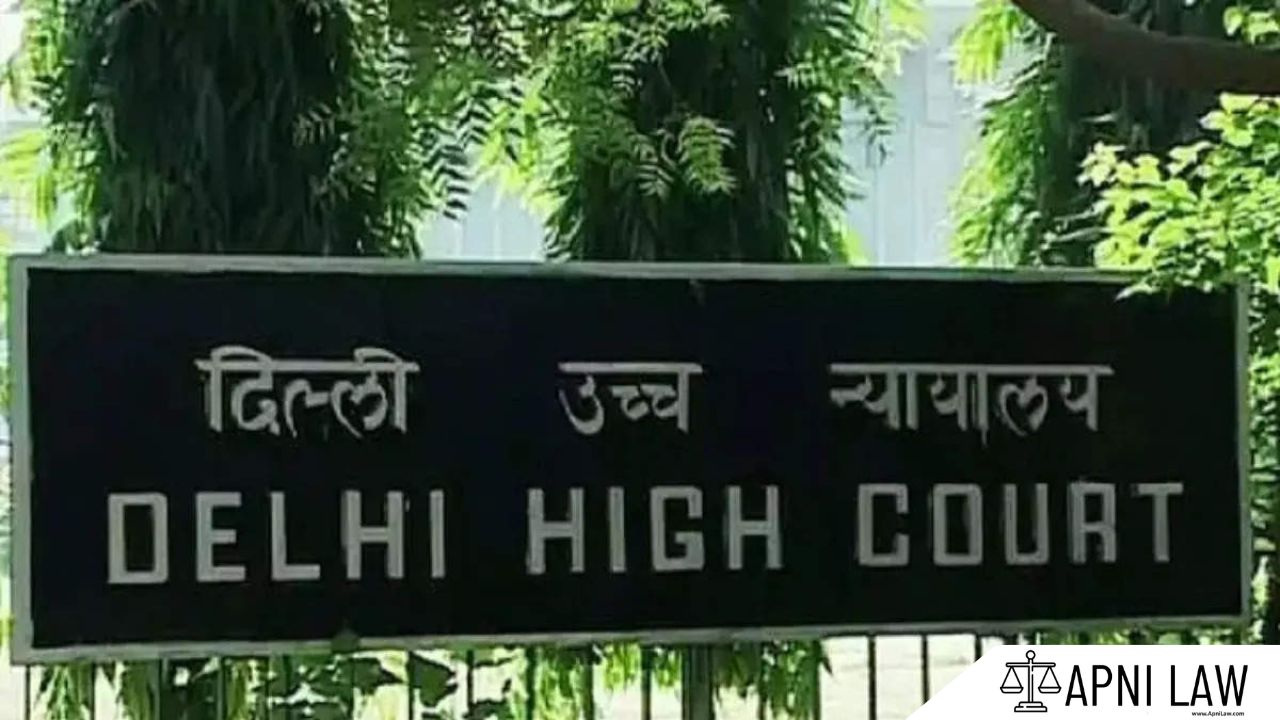Introduction
The Indecent Representation of Women (Prohibition) Act, 1986 is a central law enacted to protect the dignity of women in India. The act applies to the entire country of India. It empowers the Central Government to bring the Act into force on a specified date, making it a nationwide legal framework to combat objectification and indecency in media and publications.
A core focus of the Act is the “indecent representation of women,” which is defined as any depiction of a woman’s figure, form, or body , or any part thereof, in a way that is indecent, derogatory, or denigrating to women. Such representation may occur in any format, including print, packaging, advertising, or visual media. The Act also covers representations that are likely to deprave, corrupt, or injure public morality.
This law was introduced at a time when portrayals of women in advertisements, magazines, and films were increasingly raising concerns. Its aim is to curb the exploitation and sexual objectification of women, especially in the context of commercial promotion and mass communication. By setting legal boundaries, the Act seeks to foster a society that respects the image and role of women in all forms of media.
What Are The Definitions Mentioned under Section 2 Of the Act?
Advertisement:
Refers to any notice, circular, label, wrapper, or similar document.
Also includes visible representations made using light, sound, smoke, or gas.
Distribution:
Covers distribution of items, including free or paid samples.
Indecent Representation of Women:
Means depicting a woman’s figure, body, or any part in an indecent or derogatory way.
Includes content that denigrates women or harms public morality.
Label:
Any written, printed, stamped, marked, or graphic content.
It must appear on or be attached to a package.
Package:
Refers to any container like a box, tin, or carton.
Prescribed:
Means anything defined by the rules framed under this Act.
Has Any Amendment Been Passed Regarding The Indecent Representation of Women Act?
There was a significant attempt to amend the Indecent Representation of Women (Prohibition) Act, 1986, through the Indecent Representation of Women (Prohibition) Amendment Bill, 2012. However, this amendment was ultimately withdrawn and did not become law. The Bill was introduced by the Ministry of Women and Child Development.
This was to expand the scope of the 1986 Act to include digital and electronic media platforms such as the internet, cable television, and satellite communications.
Proposals:
Broadened Definitions: Incorporated terms like “electronic form” and “publish” to encompass modern digital communications.
Stricter Penalties: Proposed increasing the punishment for indecent representation of women. This is to up to three years of imprisonment and fines ranging from ₹50,000 to ₹1 lakh. Thus, aligning with the Information Technology Act, 2000.
Withdrawal of the Amendment
On July 26, 2021, the government officially withdrew the Indecent Representation of Women (Prohibition) Amendment Bill, 2012, from the Rajya Sabha. The rationale was that existing laws, including the Information Technology Rules, 2021, and the Cinematograph Act, 1952, adequately address concerns related to the indecent representation of women in modern media.
Current Legal Framework
As of now, the original Indecent Representation of Women (Prohibition) Act, 1986, remains in force. This Act primarily addresses indecent representation through print media, advertisements, publications, writings, and paintings. It does not explicitly cover digital platforms or electronic media.
However, issues related to the indecent representation of women in digital media are currently governed by other legislations, such as:
- Information Technology Act, 2000: Addresses the publication and transmission of obscene material in electronic form.
- Information Technology Rules, 2021: Provides guidelines for intermediaries and digital media platforms to regulate content.
- Cinematograph Act, 1952: Regulates the certification and exhibition of films, ensuring content does not offend decency or morality.
Conclusion
The Indecent Representation of Women (Prohibition) Act, 1986 plays a vital role in promoting gender sensitivity. Also, protecting women’s dignity in media and public spaces. Even though digital platforms are now largely governed by IT laws, this Act continues to be a foundational legal tool. It raises awareness against harmful stereotypes and supports the goal of creating a morally responsible and respectful society. Enforcing this Act ensures that women are not reduced to objects in advertisements or entertainment but are represented with dignity and equality.








